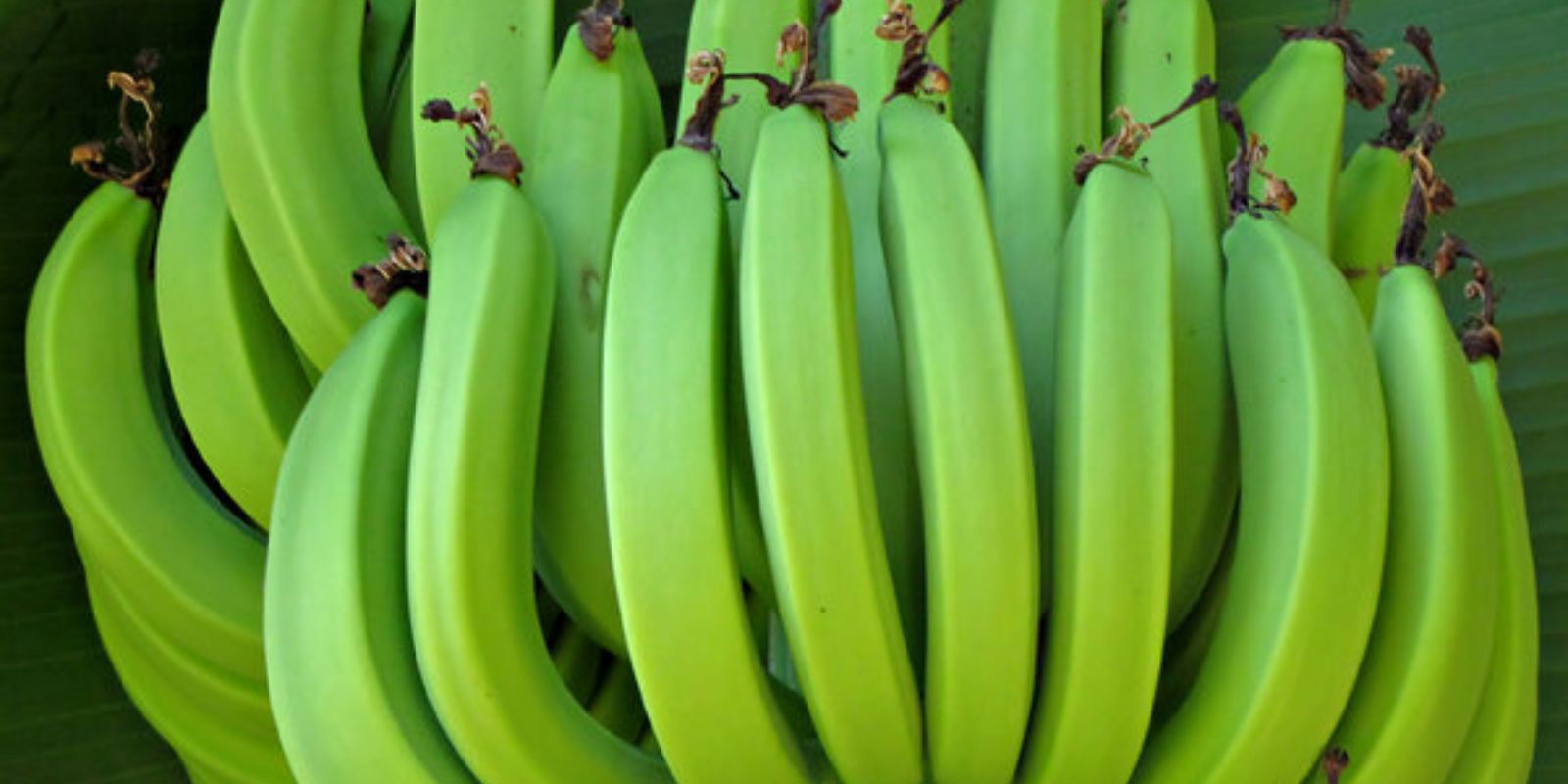Bananas, with their tropical allure and sweet taste, might seem like a far-off dream for gardeners in non-tropical regions. However, with a little knowledge and preparation, you can grow bananas successfully, no matter where you live. This guide walks you through the process of selecting the right banana variety, planting, caring for, and harvesting these wonderful fruits, even in colder climates.
Understanding Banana Plants
Bananas (Musa spp.) are herbaceous plants, not trees, as commonly believed. They thrive in warm, humid climates but can adapt to various environments with proper care. The key to growing bananas in less-than-ideal climates lies in choosing hardy varieties and creating a supportive microclimate.
Step 1: Choosing the Right Variety
The first step is selecting a banana variety that matches your climate.
- Cold-Hardy Bananas:
For regions with frost or cooler winters, varieties like Musa basjoo (Hardy Banana) and Dwarf Cavendish are excellent options. - Tropical Varieties:
If you live in a warm, humid area, varieties like Lady Finger or Blue Java will thrive.
Step 2: Location, Location, Location
Bananas are sun-loving plants and require at least six hours of sunlight daily.
- Choose a sunny spot with protection from strong winds, which can damage their large leaves.
- In cooler climates, consider a south-facing wall or a greenhouse to retain heat.
Step 3: Preparing the Soil
Bananas require nutrient-rich, well-draining soil to thrive.
- Mix organic compost with sand or perlite to create an airy, fertile soil.
- Maintain a soil pH between 5.5 and 7.0. Testing kits are readily available online or at garden centers.
Step 4: Planting Your Banana
- Dig a hole 2–3 feet deep to accommodate the banana rhizome or root ball.
- Place the rhizome with the pointed end up and cover lightly with soil.
- Water the planting area thoroughly to settle the soil.
Step 5: Watering for Success
Bananas are thirsty plants and need consistent moisture.
- Keep the soil moist but avoid waterlogging, as standing water can rot the roots.
- In dry climates, water daily; in humid areas, water every few days.
Step 6: Mulching for Growth
- Apply a thick layer of organic mulch, such as straw or wood chips, around the base.
- Mulch helps retain soil moisture and insulates the roots from temperature fluctuations.
Step 7: Fertilizing Your Banana Plant
Bananas are heavy feeders and require regular fertilization.
- Use a balanced fertilizer with nitrogen, phosphorus, and potassium (NPK).
- Add organic matter like compost or well-rotted manure monthly.
Step 8: Pruning and Maintenance
Regular maintenance keeps your banana plant productive.
- Remove damaged leaves to prevent pest infestations.
- Cut back extra suckers (offshoots) to focus the plant’s energy on fruit production.
Step 9: Adapting to Cold Climates
If you live in a region with frost or snow:
- Grow bananas in large containers so they can be moved indoors during winter.
- Use a greenhouse or polytunnel to maintain a warm environment.
Step 10: Pest and Disease Management
Bananas are relatively pest-resistant but can be affected by common issues.
- Watch out for aphids, spider mites, and nematodes. Treat with neem oil sprays or insecticidal soap.
- Prevent fungal diseases by ensuring good air circulation and avoiding overwatering.
Step 11: Encouraging Flowering and Fruiting
Bananas require steady care to produce flowers and fruit.
- Ensure the plant has enough sunlight, water, and nutrients.
- Be patient; it may take 9–15 months for a banana plant to bear fruit, depending on the variety.
Step 12: Harvesting Your Bananas
When the fruit is plump and starts turning yellow, it’s time to harvest.
- Cut the bunch carefully to avoid damaging the plant.
- Bananas will ripen fully off the plant, so don’t worry if they’re still green.
Step 13: Propagating New Banana Plants
Bananas produce suckers, also called pups, which can be separated to grow new plants.
- Wait until the pups are about 1–2 feet tall, then cut them from the main plant and replant.
Benefits of Growing Bananas at Home
- Fresh Fruit Supply: Enjoy pesticide-free bananas right from your garden.
- Aesthetic Appeal: Banana plants add a tropical touch to any garden or indoor space.
- Environmental Impact: Growing your own food reduces reliance on imported produce.
Tips for Growing Bananas in Cold Climates
- Insulate the Base: In winter, add extra mulch to protect the roots.
- Use Grow Lights: Indoors, supplement natural light with grow lights.
- Humidity Control: Maintain a humidity level of 50–70% indoors.
Common Challenges and Solutions
- Yellowing Leaves: Often due to overwatering or nutrient deficiency. Adjust watering and fertilize.
- No Fruit: Ensure the plant gets sufficient sunlight and is not overcrowded by other vegetation.
Final Thoughts
Growing bananas at home is a rewarding experience, and it’s easier than you might think. By following these steps and adapting to your local conditions, you can enjoy homegrown bananas, whether you’re in a tropical paradise or a snowy winter wonderland.
🌟 Ready to grow your banana paradise? Share your progress and tips below!
📢 #GrowBananasAtHome #TropicalGardening #ColdClimateGardening #BananaPlantTips #GardeningHacks

